Yates Account
Join now
Create a Yates account today!
Sign up to join the Yates Garden Club for monthly e-mails packed with seasonal inspiration, tips for success & exclusive promotions.
Plus if you’re a Garden Club member you can take part in the Yates Growing Community - a blog to share successes, get advice & win prizes in fun challenges along the way!

Forgot password
Enter the email address associated with your account, and we'll email you a new password.

How to grow coriander in a garden
- Choose a spot in your garden that sits mostly in full sun (when growing in winter) or part shade (when growing in summer).
- Enrich soil with Yates Thrive Natural Blood & Bone with Seaweed. Sow seeds 6mm deep and 20cm apart. Water in well
- Feed seedlings weekly with Yates Thrive Natural Fish Seaweed+ Plant Food Concentrate and mulch with an organic mulch, such as pea or lucerne straw.
- Water regularly. Don’t let the plants dry out as the stress may cause them to bolt (set seed), which will make the leaves tough and almost tasteless.
- Snip leaves off as you please and this will encourage more to grow back.
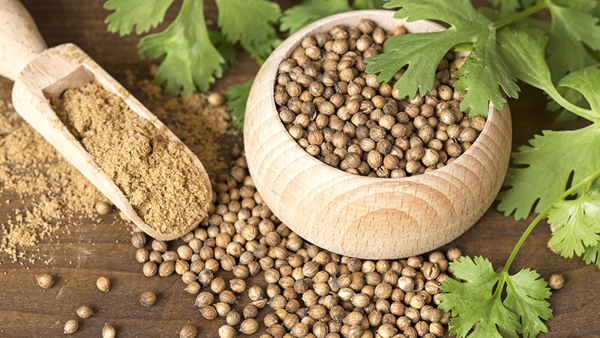
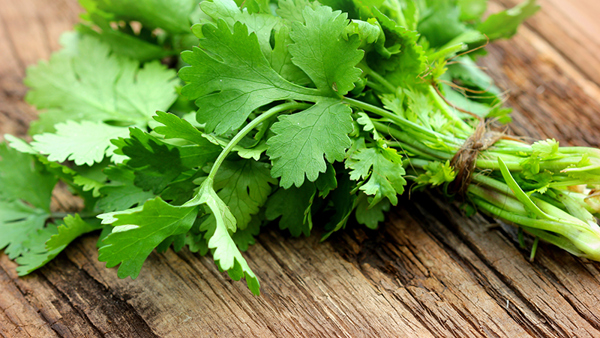
How to grow coriander in a pot
- Choose a pot that’s at least 200mm wide and deep and position a sunny or partly shaded spot.
- Fill pot with quality potting mix, such as Yates Premium Potting Mix. Sow seeds and water in well.
- Feed seedlings weekly with Yates Thrive Natural Fish Seaweed+ Plant Food Concentrate.
- Water regularly. Don’t let the plants dry out as the stress may cause them to bolt (set seed), which will make the leaves tough and almost tasteless.
- Snip leaves off as you please and this will encourage more to grow back.
Growing tips
-
Coriander is renowned for being challenging to grow. This reputation comes from its bad habit of quickly rushing to flower and setting seed (bolting). Yates Coriander is a ‘slow-bolt’ variety that’s less likely to do this, but even the best of corianders is unreliable when weather’s very hot, very cold or when the plants experience sudden changes in temperature. Bolting isn't entirely bad though, as coriander seeds are a very desirable cooking ingredient!
-
The easiest way to avoid the bolting and maintain a constant supply is to plant seeds every few weeks from September, right though until the end of autumn. Take a break over winter and begin sowing again in early spring. That way, if your coriander does bolt to seed, you’ll have fresh plants already on the way.
-
Check the soil moisture regularly if growing in a pot, especially if growing in a terracotta pot – they dry out faster than other types. Insert your index finger into the soil to your first knuckle – if it’s moist, don’t water, but if it’s dry, water well. If allowed to dry out, coriander will bolt very quickly.



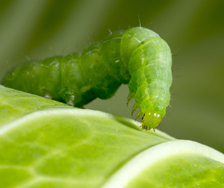
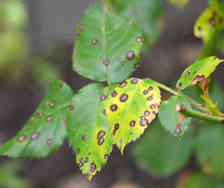
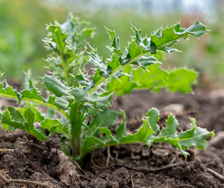
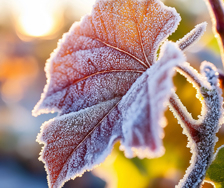
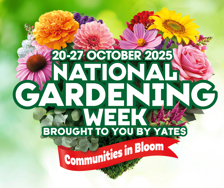


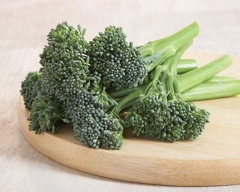
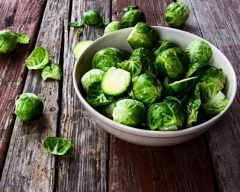
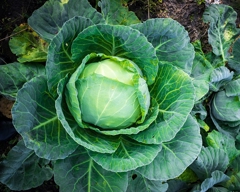
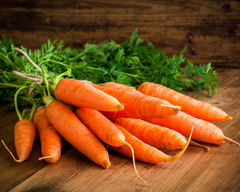
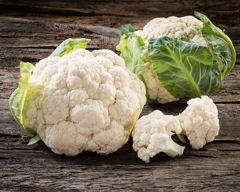







Share
Share this article on social media